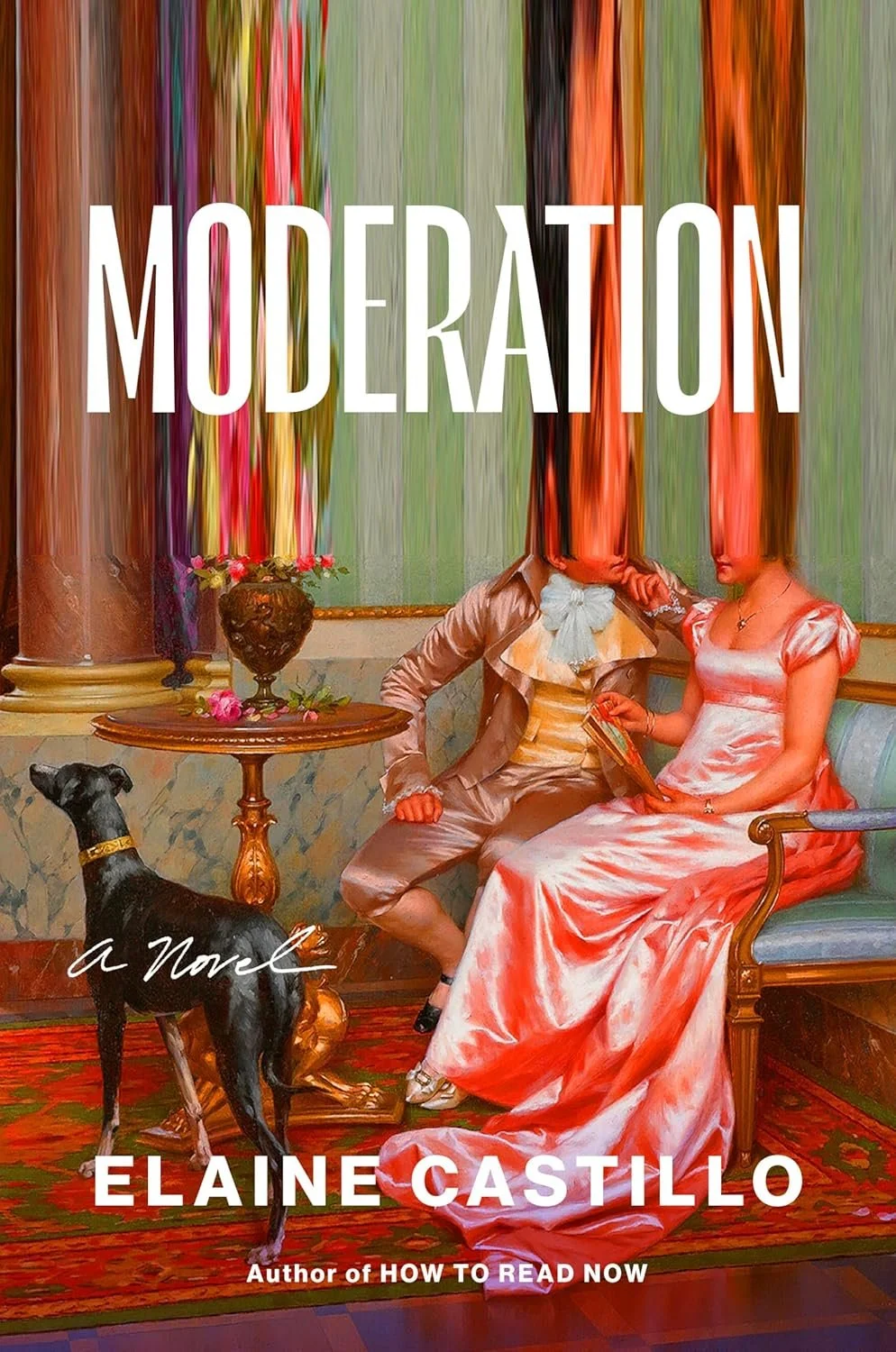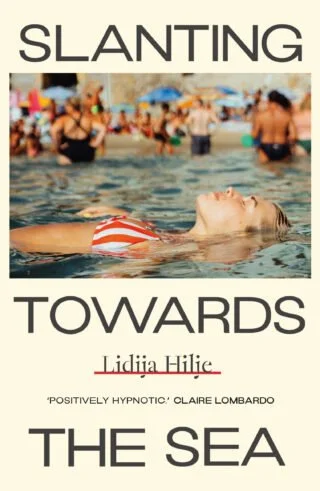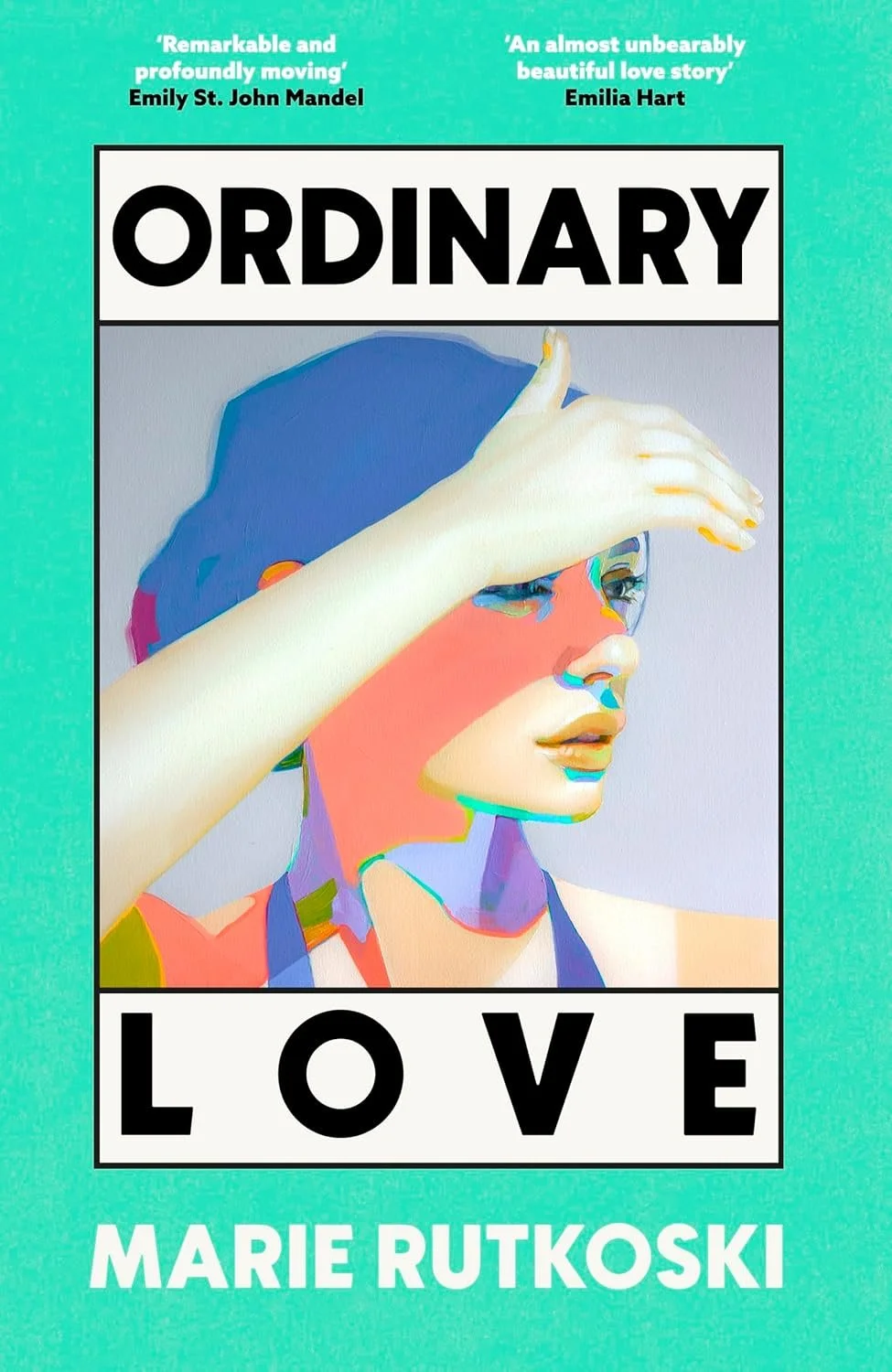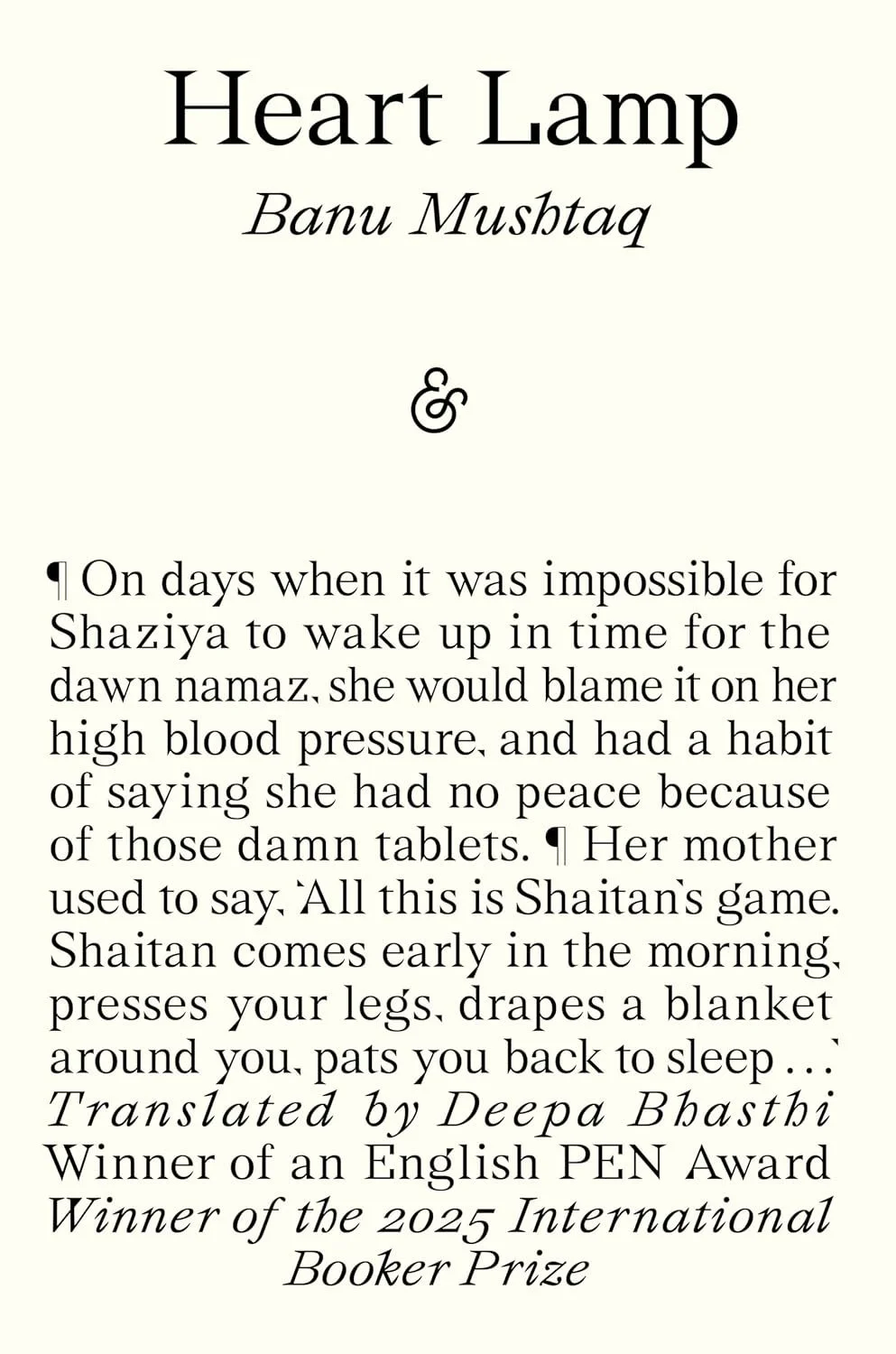Our Wives Under the Sea, Julia Armfield
‘Language ebbs and flows, both watery and full of depth, tidal in its movements. It sings with the sea.’
Leah has returned home, back to her wife Miri, after a deep-sea mission that turned from a three-week-long excursion into a six-month one. But Leah is different, not herself, as if she has returned with a part of the ocean within her.
We see Leah as if through water; her mind remains submerged, sunken somehow. She spends stretched out hours in the tub, listening to the white noise of the radio, drinking down salt water. At times, her body is watery, translucent, aquatic. Armfield plays with a bodily tension between land and sea to great effect.
The novel is divided into five parts that correspond with the layers of the ocean depth and its vertical zones: sunlight, twilight, midnight, abyssal, hadal. The narrative interchanges between Leah and Miri’s perspective; Leah’s is a journal account of her time in the murky depths, Miri’s is present day, grappling with her loss and the immeasurable distance between herself and her wife. She recounts the details that made up their marriage, the ordinary extraordinariness of a long-term relationship, the small moments and habits that are both comforting and deeply romantic.
Above all else, this debut is a feat of imagery and lyrical syntax. Language ebbs and flows, both watery and full of depth, almost tidal in its movements. Armfield conjures the otherworldly and unknowable quality of the dark depths of the ocean with skill, inspiring in readers a curiosity for marine worlds they probably didn’t know they had. She blends genres: horror, romance, science fiction, travel narrative, in a unique and daring way.
At times, it feels as if Our Wives Under the Sea might have worked better as a short story, as it lacks a narratorial arc that felt as deep as the language and imagery. Nonetheless, this uncanny sea voyage is a bold work that deserves praise.
Review Featured in Reflection Issue










